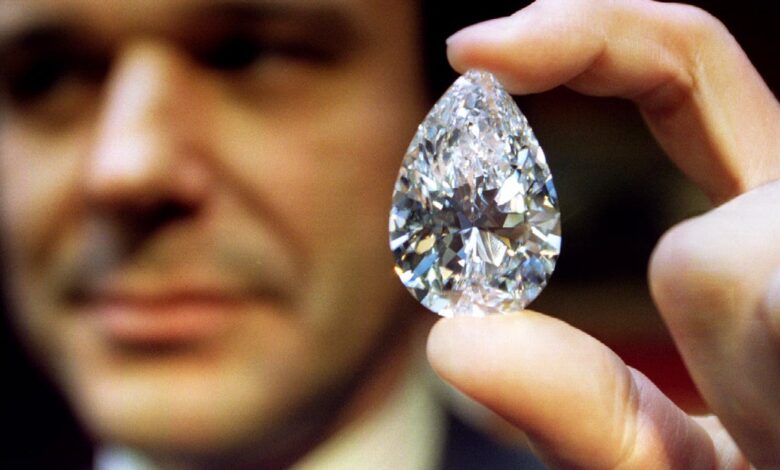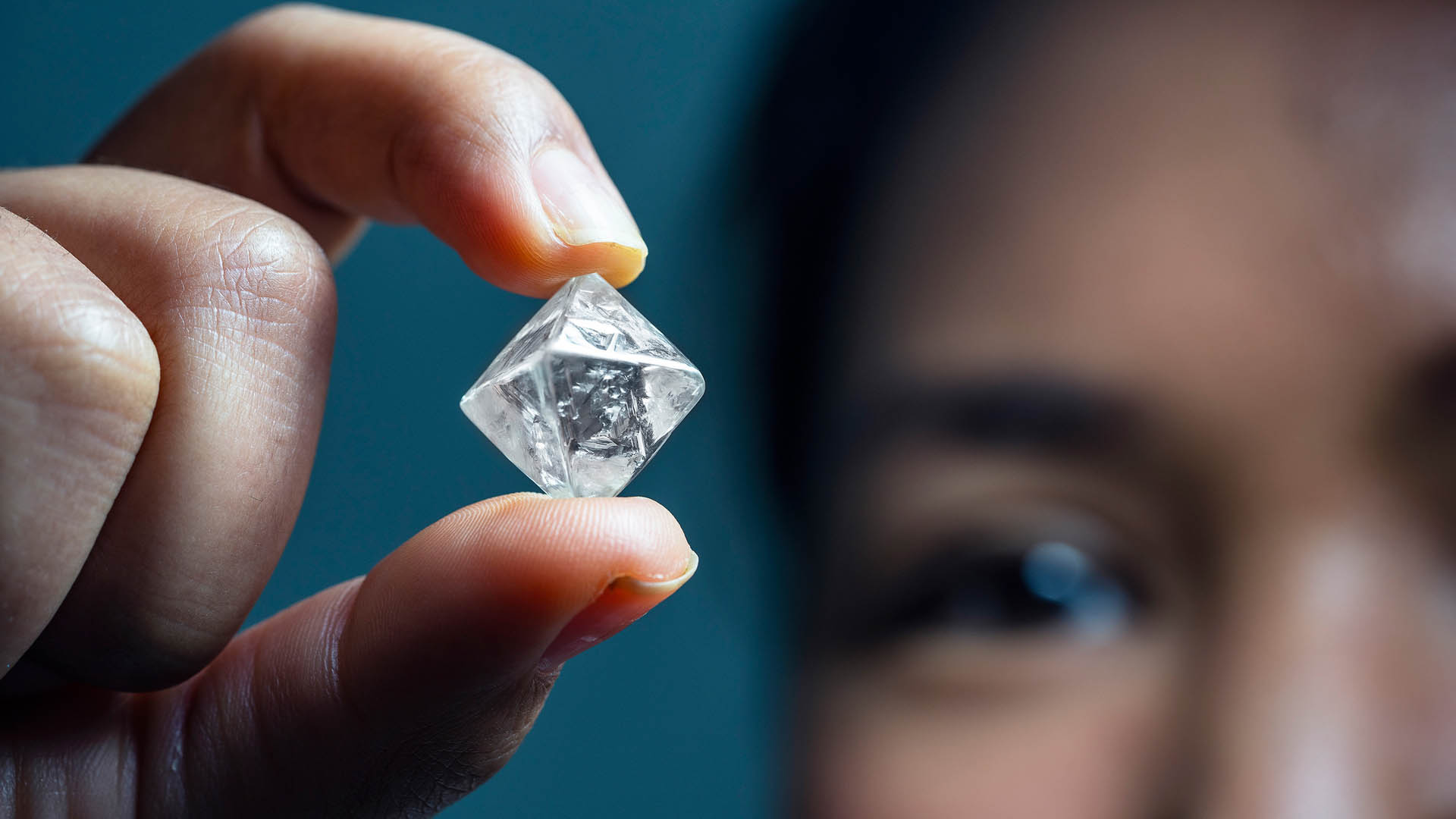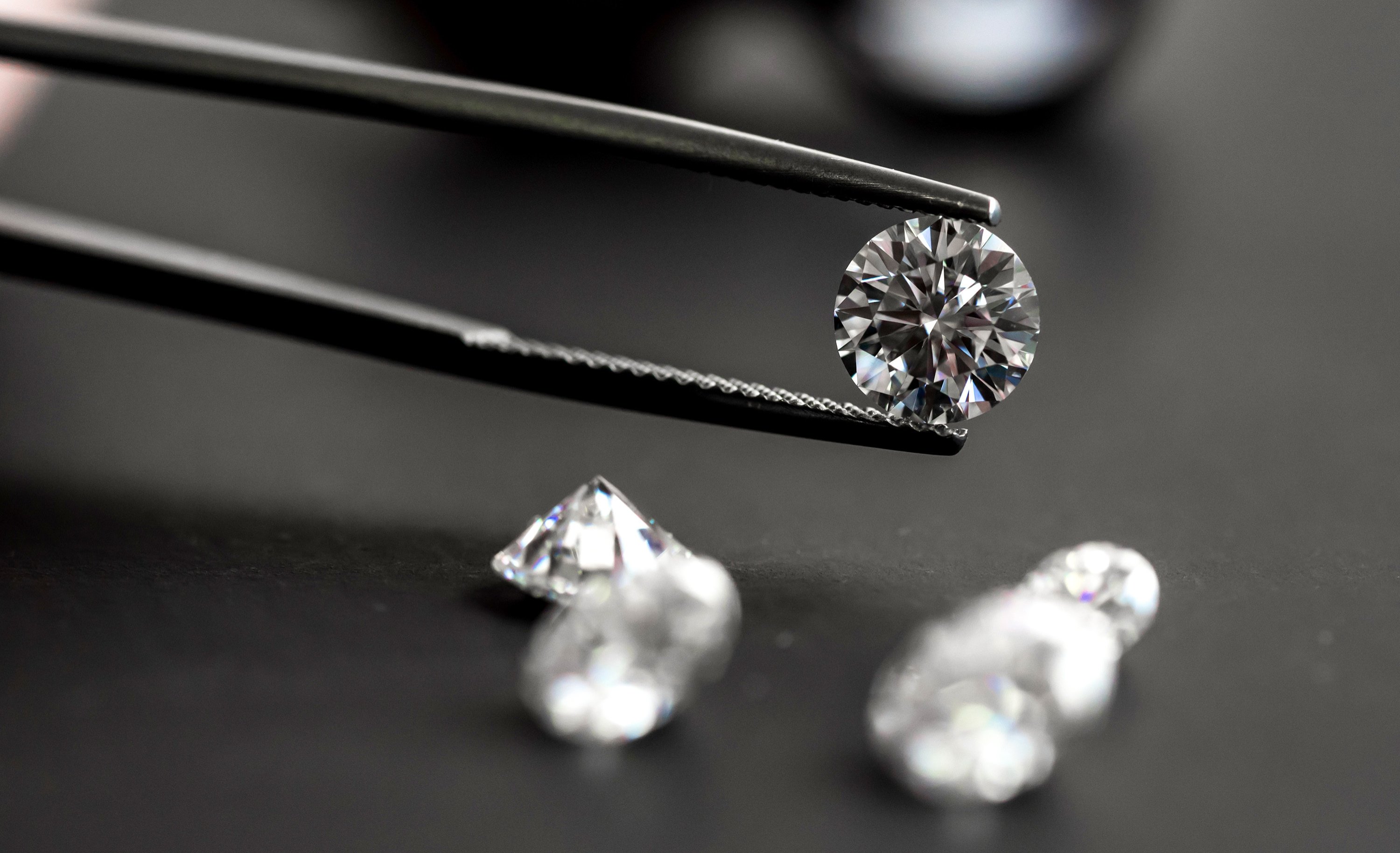
Are Diamonds really valuable or just a brilliant marketing strategy?
Are Diamonds Really valuable or just an exceptional marketing strategy?
there was a time when diamonds had no value, but a clever marketing approach changed that perspective. In the 1870s, the diamond industry planned to draw more tourists to their mines.
They found a way to increase their market and raise their price at the same time. They became a status symbol and a store of value.
But if you’re planning to buy one soon there are certain facts you should know about diamonds. Diamonds last a lifetime is only a notion built on a marketing strategy aimed at making them seem valuable.
The first diamonds that people ever used were jewelry. The first man who ever cut one into a gem was a Greek slave named Theophilus in 360 B.C. In reality, Theophilus was not the first man to cut diamonds. A thousand years earlier, in the ancient land of India, a farmer found a diamond while plowing the field.
The farmer immediately brought the diamond to the nearest gem merchant to sell.
At that time the diamond would have been of no real value. The first diamonds were not cut for gemstones, they were used to adorn the body of gods in ancient India.
When Theophilus found that the gem (diamond) he had found was not a worthless stone but a precious stone. He cut the diamond into a small piece and used it to adorn his jewelry. Theophilus was the first one to discover diamonds.
They have a reputation for being rare, valuable, and a status symbol. it is obvious to say that it’s a highly demanded in sophisticated city dwellers. In today’s market, the typical diamond engagement ring costs $3000. Of course, you have to put a down payment on the ring, and then you have to pay the finance charges too.
As for the value, it’s a combination of the amount you’ve put down, plus the obvious statement that the ring will fetch top dollar when it is time to sell.
If you buy a five-carat, $3000 ring, it’ll fetch somewhere around $10,000 when it’s time to sell, because there’s not much middle ground.

The reality about its rarity is that it is everything but.
Clear diamonds, contrary to common assumptions, are not scarce but are found in abundance in reality.
De Beers established a monopoly and made love tangible. That’s was his master plan. Their current worth is a result of this market strategy.
Diamond engagement rings are now held by 75 percent of American women and a growing number of newly married across the world.
There are several alternatives for diamonds but nothing says an engagement ring like one with a diamond on it, says Kiran Datwani, owner of Gehna Jewellers, in a Vogue India story.
Choose the most beautiful ring you can afford.
De Beers acquired all South African mines and controlled 90% of the world’s diamond output at the height of its strength in the early 1900s. Of course, in today’s society, cartel-like tactics for enforcing monopoly would be frowned upon.
It bought independent producers when competitors refused to join they manufactured gemstones which were identical to their and bought all of their competitors’ gems, and bought diamonds at a highly reduced price during the Great Depression.”
They realized that to set pricing and entirely control the supply of diamonds in the market, they made sure that no one resold diamonds.
That’s when they turned to market firm N W Ayer & Son, who, according to Advertising Age, created the finest tagline of the 20th century: “A Diamond is Forever.” which is used by several brands in place of their taglines for marketing of diamonds.
Sell the idea of Diamond, not the product, according to a notional and customer value marketing approach.
Most agencies would have gone for sales, attractive packaging, or promotions at the time. The strategy, on the other hand, must sell a concept for a product to become part of a lifestyle. Diamonds were created to symbolize love and long-term devotion.

De Beers ensured that no one would resale their engagement ring by attaching feelings to diamonds. They also inserted this belief into the concept of ‘the wedding,’ a once-in-a-lifetime event in which parties usually spend highly. Who sells their engagement ring, after all, And if they aren’t resold, then they can have complete control over the supply.
De Beers campaigned for the popularity of surprise proposals with the support of Ayer. The rings are designed to be worn by the ladies in typical partnerships. They discovered, that when women were involved in the selecting process, they often picked less expensive rings.
De Beers redistributed purchasing power to males, the less cautious spenders, by promoting surprise proposals.
Finally, use an influencer marketing approach to positioning your company.
The agency realized that to influence the public, it would have to do it through pop culture’s popular females. Naturally, they sent diamonds to celebrities and stars, state first ladies, and socialites.
Ayer organized for 125 newspapers to feature the jewels these women wore in the late 1940s.
Diamonds were soon considered as valuable luxury requirements all over the world. From a Marilyn Monroe hit song to the title of a James Bond film
De Beers (still the world’s largest diamond firm) now controls just around 35% of global diamond output, down from 90% in the 20th century. However, the company’s heritage of “creating” the diamond will live on.
De Beers has only permitted about 200 persons or corporations to purchase raw diamonds. These people are called sight holders, and they buy diamonds from the Central Selling Organization (CSO), a De Beers affiliate that sells around 70% to 80% of the world’s diamonds.
Outside of the CSO, some raw diamonds are sold. These diamonds are sourced from small-scale producers in Australia, Russia, and Africa. The CSO’s pricing continues to have a huge impact on the price of these gems.
The Diamond Prices Index is a measure of the current diamond market pricing trend.

Although diamonds, like many other minerals, lack inherent value, this does not imply that they are worthless; this is incorrect for both jewelry and industrial diamonds. The value of gem-quality diamonds used in rings is determined by the value we attach to them as a society.
Jewelers acquire diamonds in bulk at wholesale costs, which are substantially cheaper than retail pricing, which is why resale prices are so low compared to retail prices. When a diamond can be purchased for considerably less from a diamond dealer, there is no need for a jeweler to pay the same amount for your diamond.
De Beers has persuaded the public to purchase diamonds far into the twenty-first century. The three-stone “Past, Present, and Future” ring made its debut in 2001 and immediately became the go-to anniversary present.
The jewelry line “Journey” from 2006 used the same concept, but instead of making a statement with just three stones, it symbolized how love grows by joining a succession of various diamonds ranging in size from little to huge. In 2004, De Beers launched the “Right-Hand Ring” campaign, which urged women to buy diamonds as gifts for themselves, to attract a hitherto untapped market segment: unmarried women.
As seen by the significantly high demand for diamonds, they are the most prized of all valuable jewels.
Diamonds are wonderful stones that go through a long, painstaking refining process from the moment they are extracted from the ground to the time you see them in the jewelry store, even though this hasn’t always been the case.
And, while some of the mystery around diamonds may have faded — after all, they’re just carbon — the diamond will undoubtedly remain a highly sought-after gem.
edited and proofread by nikita sharma




